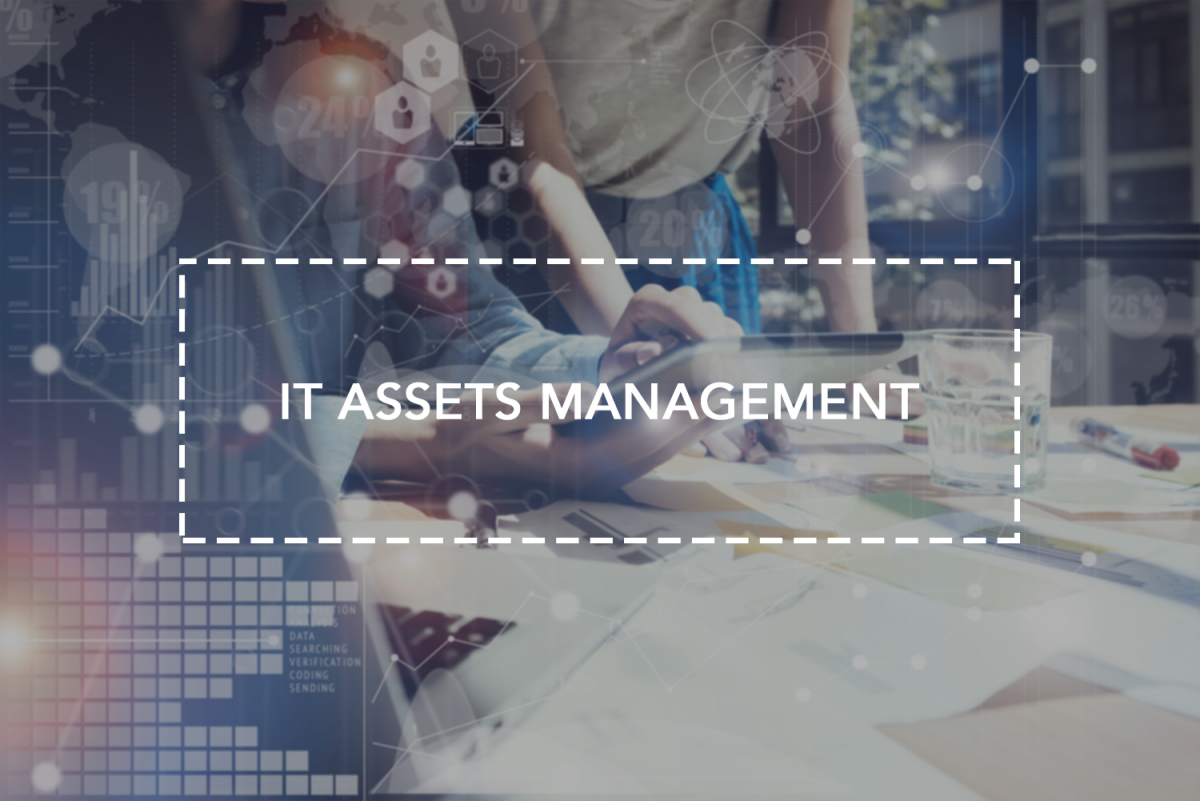Manual processes are also error-prone. According to the International Association of IT Asset Managers, the average organization can expect an error rate of 15 percent or more when manually tracking IT assets. Manual data entry alone comes with a 10 percent error rate due to transcription and typographical mistakes.
Thank about the ramifications of these statistics. In a data center with 1,000 assets, 150 may be missing, lacking warranty coverage or due for upgrade. The data center manager has no way of knowing because these assets haven’t been accurately tracked and monitored.
Worse, data center managers lack the visibility they need to identify underutilized and even unused systems and virtual machines (VMs) that should be consolidated or decommissioned. Physical servers often operate at less than 12 percent capacity, particularly when running a single application. A VM costs about $6,000 a year to operate, according to Gartner, and orphaned VMs that aren’t effectively managed are prime targets for cyber attacks.
Eliminating waste and reducing the attack surface should obviously be a high priority. But when there’s no trusted source of information about asset ownership, interdependencies and utilization, data center managers can’t make effective decisions regarding these systems. Conducting periodic manual audits is time-consuming and painful and provides only a point-in-time snapshot of a dynamic environment.
Data center infrastructure management (DCIM) solutions offer relief from these headaches. In addition to monitoring and collecting data on the physical data center environment, DCIM solutions include IT asset discovery and management capabilities that facilitate the tracking of IT equipment across its lifecycle. This enables data center managers to make more-informed decisions regarding deployment, maintenance and operation.
Of course, effective IT asset management is more than just a ledger of the equipment that exists within the environment. DCIM tools provide ongoing monitoring of the environment, giving managers greater visibility. They also include change management capabilities that aid in the planning and tracking of moves, adds and changes. This minimizes the risk of human error and also aids in capacity planning. The integration of IT asset management with environmental monitoring helps managers understand how much power existing equipment is consuming and how many more devices the facility can handle.
Simulation capabilities enable data center managers to analyze the potential impact of planned maintenance, system failure and changes to the environment. What would happen if a particular device were taken offline? Would other systems and services fail as a result? This not only helps managers configure alerts and escalations but allows them to more confidently plan for consolidation and upgrades while maintaining SLOs and SLAs.
Rahi Systems offers industry-leading DCIM solutions backed by the knowledge of our data center infrastructure experts and IT solution architects. We can help you get a better handle on your data center assets so that you can optimize your environment, enhance security and reduce costs and risk.




